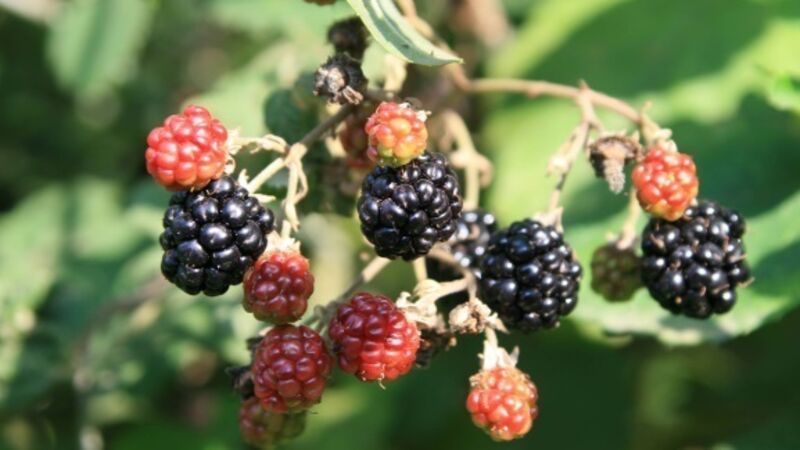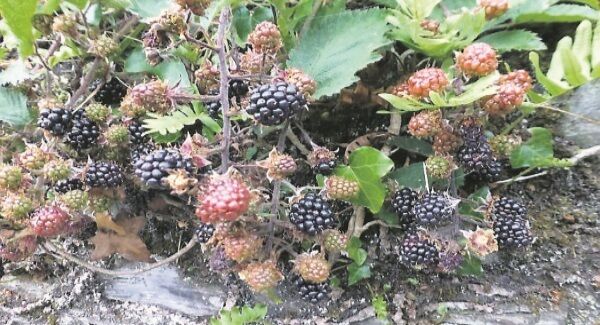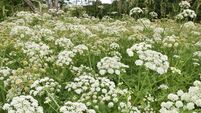Time is ripe for this berry

As the weather turns cooler, people will be paying over the counter for cures for seasonal colds and sniffles. But we don’t have to look far for free vitamin C.
It’s on the ditches and hedgerows in the countryside and in green areas of towns and cities: It’s in blackberries, fruit of the bramble.
At one time, blackberries, which contain essential vitamin C, as well as antioxidants, were picked widely for jam-making, baking, and desserts.
As children out picking, we would eat as many berries as we put into buckets, especially when they were just ripe, delicious, and juicy; that unmistakeable red dye staining our fingers.
Lines from Seamus Heaney’s poem ‘Blackberry Pickers’ come to mind: “You ate the first one and its flesh was sweet Like thickened wine: summer’s blood was in it.”
The other day, I observed a life-long ritual by going to a tranquil, bramble-lined boreen in search of blackberries.
Compared to last year, when we had plenty of sunshine and heat in August, this year’s crop is poor. Have any readers had a similar experience?
Many of the berries are not yet ripe, are smaller than usual, and are worm-infested.
A local farmer we met attributed the disappointing harvest to reduced sunshine and almost twice as much rain as in August 2018, when there was a bountiful harvest.
Blackberries have been eaten by people for thousands of years. Seeds from the berry were found in the stomach of a Neolithic man unearthed in England.

In Ireland, roots of the bramble have also been used as a green dye on wool.
There’s still a little time left for blackberries to ripen. In folklore, this berry is associated with Halloween, or the ancient Celtic feast of Samhain, on October 31.
There’s on old belief that blackberries should not be eaten after that date.
A practical reason, of course, is that the berries would have rotted and would not be safe to eat by that time.
Some experts, however, believe there’s something more sinister behind it.
Niall Mac Coitir says that, in popular lore, the usual reason given was that at Halloween, a fairy, called the ‘pooka’ or ‘puca’ in Irish, spat or urinated on the berries and made them inedible.
Some even maintained it was the devil himself did the damage.
“Sometimes, the belief in Ireland was that Michaelmas (September 29) was the correct date and that the pooka rode around the country defiling the berries on that night,” wrote Mac Coitir in his book, Irish Wild Plants.
“It was also said that the reason they should not be eaten was that the devil put his foot on the blackberries at Michaelmas.”
Better get out picking.













